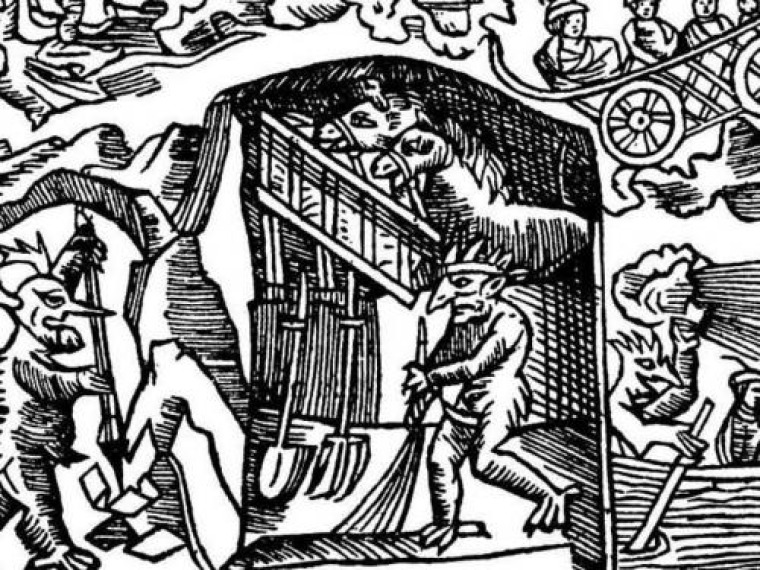This lecture focuses on the early-modern presentations of fairies in folklore, as well as how they were made to fit into broader cultural schema.
Michael Ostling Postdoctoral Research Fellow Centre for the History of European Discourses, The University of Queensland, Australia Michael Ostling has taught and studied in Poland, Canada, the United States, and Australia, where he is currently at work on a cultural history of goblins and fairies. He is the author of Between the Devil and the Host: Imagining Witchcraft in Early Modern Poland (Oxford University Press, 2011). Using Joel Robbins’ notion of “encompassment,” this lecture surveys early modern learned modes of bringing fairies to order by folding them into more culturally dominant classificatory schemes. Fairies and their ilk (brownies, fauns, water-demons) provoked writers as diverse as the bishop-ethnographer Olaus Magnus, the natural magician Heinrich Cornelius Agrippa, and the radical antitrinitarian Pawel Gilowski, all of whom attempted to find a place for these anomalous beings within variously conceived Christian hierarchies of preternatural being. The lecture shows that fairies tend to defy these schemata, to escape their bounds, or rather, to destabilize them, so that intended clarification ends in greater ambiguity.


